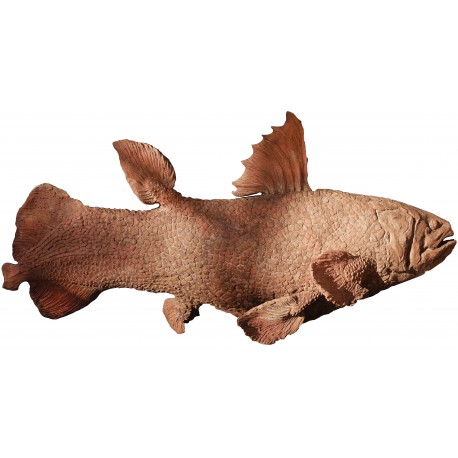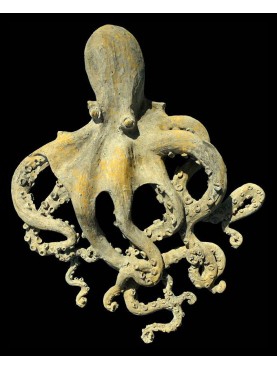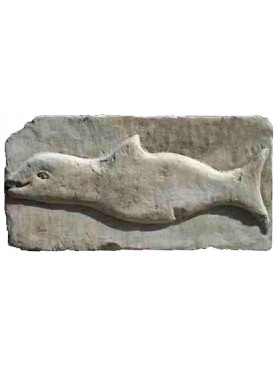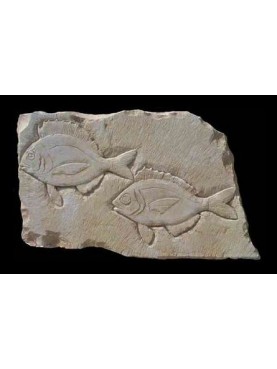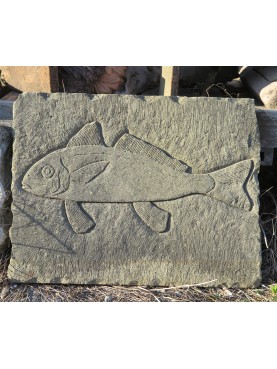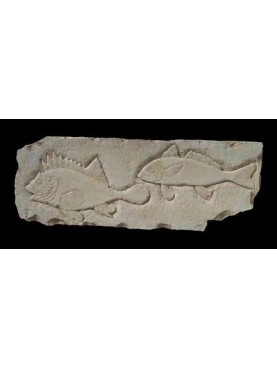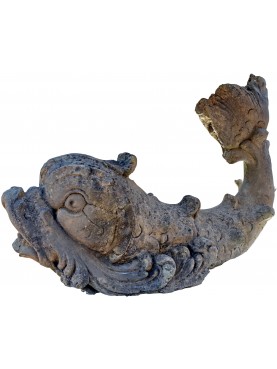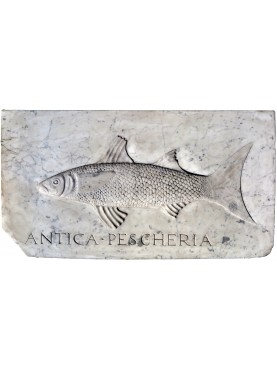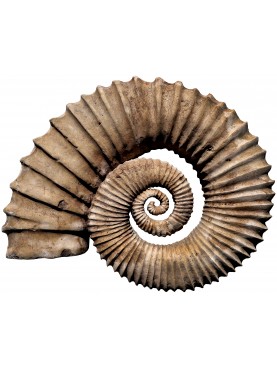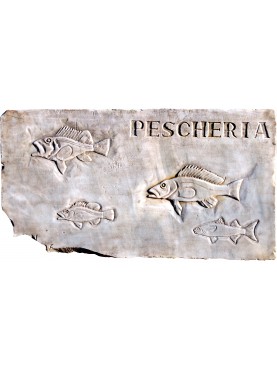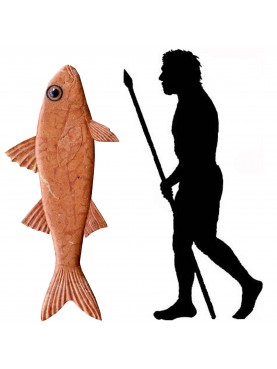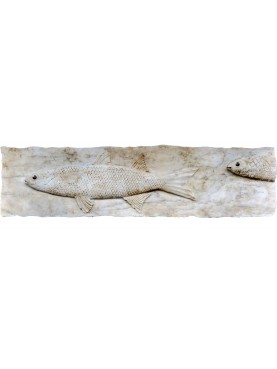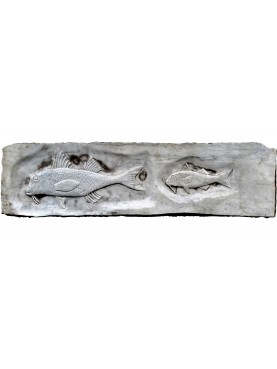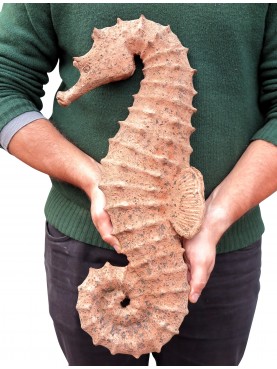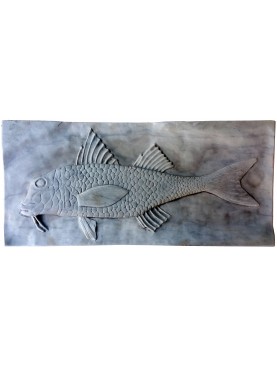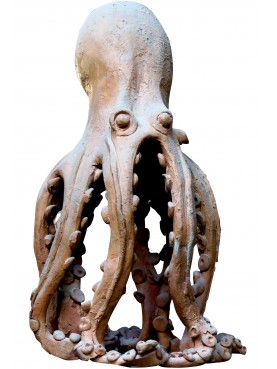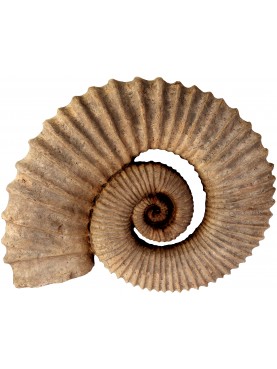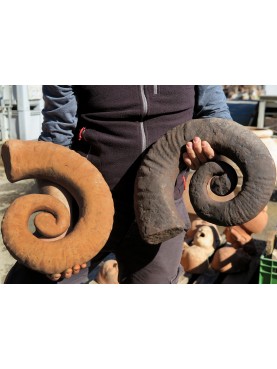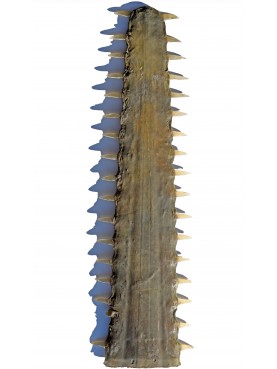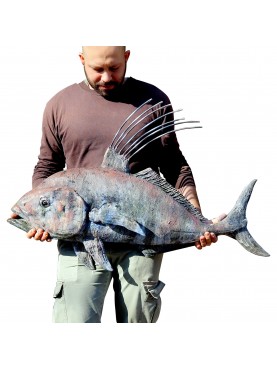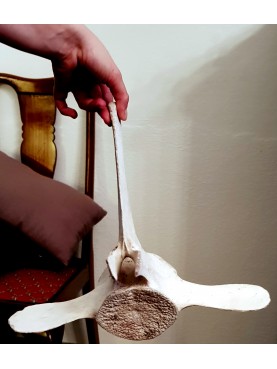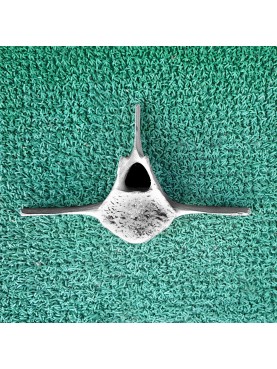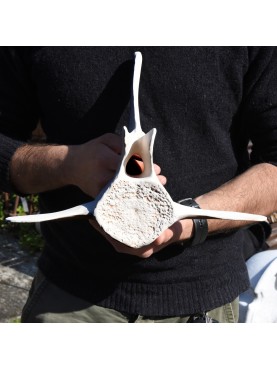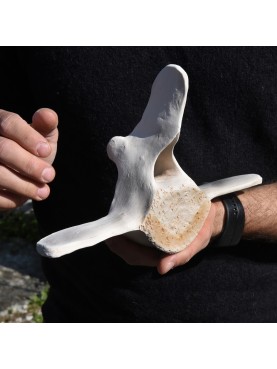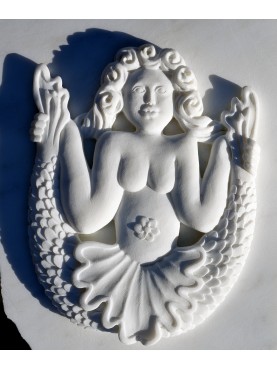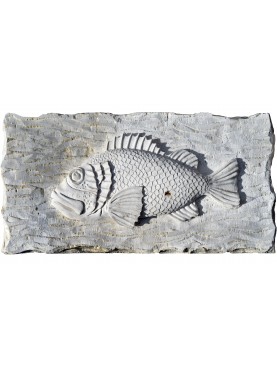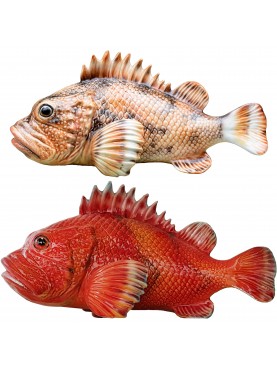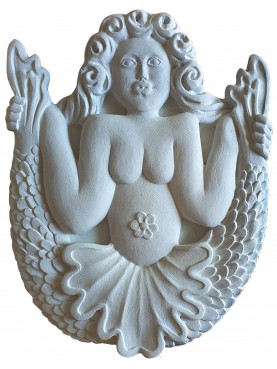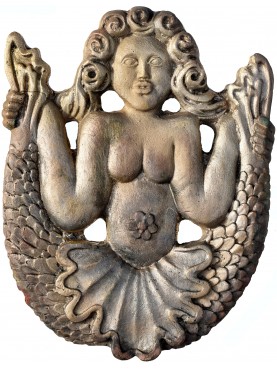Coelacantus - Latimeria smith 1939
Coelacantus - Latimeria smith 1939
11295
New
Data sheet
| Height | 20.87 in | 53 cm |
| Width | 42.91 in | 109 cm |
| Depth | 18.5 in | 47 cm |
| Weight | 99.21 lbs | 45 Kg |
| Manufacturing | Recuperando srl | |
| Material | Terracotta |
More info
The coelacanths (Listeni/ˈsiːləkænθ/ SEE-lə-kanth) constitute a now rare order of fish that includes two extant species in the genus Latimeria: the West Indian Ocean coelacanth primarily found near the Comoro Islands off the east coast of Africa (Latimeria chalumnae) and the Indonesian coelacanth (Latimeria menadoensis). They follow the oldest known living lineage of Sarcopterygii (lobe-finned fish and tetrapods), which means they are more closely related to lungfish, reptiles and mammals than to the common ray-finned fishes. They are found along the coastlines of the Indian Ocean and Indonesia. Since there are only two species of coelacanth and both are threatened, it is the most endangered order of animals in the world. The West Indian Ocean coelacanth is a critically endangered species.
Coelacanths belong to the subclass Actinistia, a group of lobed-finned fish related to lungfish and certain extinct Devonian fish such as osteolepiforms, porolepiforms, rhizodonts, and Panderichthys. Coelacanths were thought to have become extinct in the Late Cretaceous, around 66 million years ago, but were rediscovered in 1938 off the coast of South Africa.
The coelacanth was long considered a “living fossil” because it was believed to be the sole remaining member of a taxon otherwise known only from fossils, with no close relations alive, and to have evolved into roughly its current form approximately 400 million years ago. Several recent studies have shown that coelacanth body shapes are much more diverse than was previously thought, however.
The coelacanth, which is related to lungfishes and tetrapods, was believed to have been extinct since the end of the Cretaceous period. More closely related to tetrapods than to the ray-finned fish, coelacanths were considered transitional species between fish and tetrapods.[citation needed] On 23 December 1938, the first Latimeria specimen was found off the east coast of South Africa, off the Chalumna River (now Tyolomnqa). Museum curator Marjorie Courtenay-Latimer discovered the fish among the catch of a local angler, Captain Hendrick Goosen. A Rhodes University ichthyologist, J.L.B. Smith, confirmed the fish's importance with a famous cable: "MOST IMPORTANT PRESERVE SKELETON AND GILLS = FISH DESCRIBED".
Its discovery 66 million years after it was believed to have gone extinct makes the coelacanth the best-known example of a Lazarus taxon, an evolutionary line that seems to have disappeared from the fossil record only to reappear much later. Since 1938, Latimeria chalumnae have been found in the Comoros, Kenya, Tanzania, Mozambique, Madagascar, and in iSimangaliso Wetland Park, Kwazulu-Natal in South Africa.
The second extant species, L. menadoensis, was described from Manado, North Sulawesi, Indonesia in 1999 by Pouyaud et al. based on a specimen discovered by Mark V. Erdmann in 1998 and deposited at the Indonesian Institute of Sciences (LIPI). Only a photograph of the first specimen of this species was made at a local market by Erdmann and his wife Arnaz Mehta before it was bought by a shopper.[citation needed]
The coelacanth has no real commercial value apart from being coveted by museums and private collectors. As a food fish it is almost worthless, as its tissues exude oils that give the flesh a foul flavor. The coelacanth's continued survival may be threatened by commercial deep-sea trawling, in which coelacanths are caught as bycatch.

